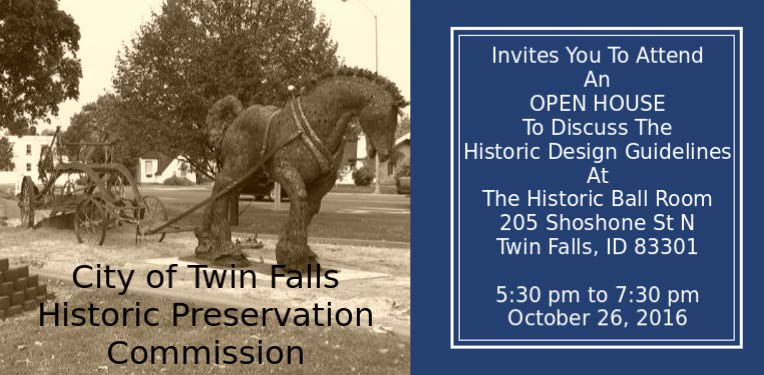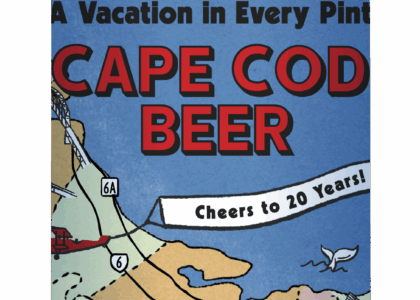Welcome to the Twin Falls City Park Historic District, a place where history and community come together in the heart of Twin Falls, Idaho. As you explore this area, you’re stepping into a story that began in the early 20th century, shaped by visionaries and pioneers who transformed a rugged landscape into a thriving town.
The tale of Twin Falls starts with Ira B. Perrine, a forward-thinking entrepreneur. In the late 1800s, Perrine saw potential in the sagebrush desert of southern Idaho, a place others might have overlooked. He founded the Twin Falls Land and Water Company in 1900, aiming to bring irrigation to the arid land and make it habitable for agriculture. By 1905, with the completion of the Milner Dam, Perrine’s vision was realized, and the region’s transformation began.
The Twin Falls City Park Historic District is a testament to this growth. Among its notable features is the First United Methodist Church, one of fifteen distinctive structures in the district listed on the National Register of Historic Places. These buildings are not just architecturally significant; they are the backbone of a community that has grown and thrived over decades.
The district was also influenced by the work of Emmanuel Louis Masqueray, a celebrated architect who helped design the layout of Twin Falls. His expertise ensured that the city was not only functional but also aesthetically pleasing, with streets laid out to maximize sunlight and minimize the harsh winds of the Idaho plains.
Throughout its history, Twin Falls has drawn notable visitors and residents. Figures like William Jennings Bryan, a three-time presidential candidate, are known to have visited Perrine’s Blue Lakes Resort, underscoring the area’s early significance.
As you walk or drive through the Twin Falls City Park Historic District today, imagine the early settlers who braved the elements to build a future here. Picture the bustling streets of the early 1900s, alive with the hopes and dreams of those who saw the potential in this land. This district is not just a place on a map; it’s a living story that continues to unfold, inviting you to be a part of its ongoing legacy.






